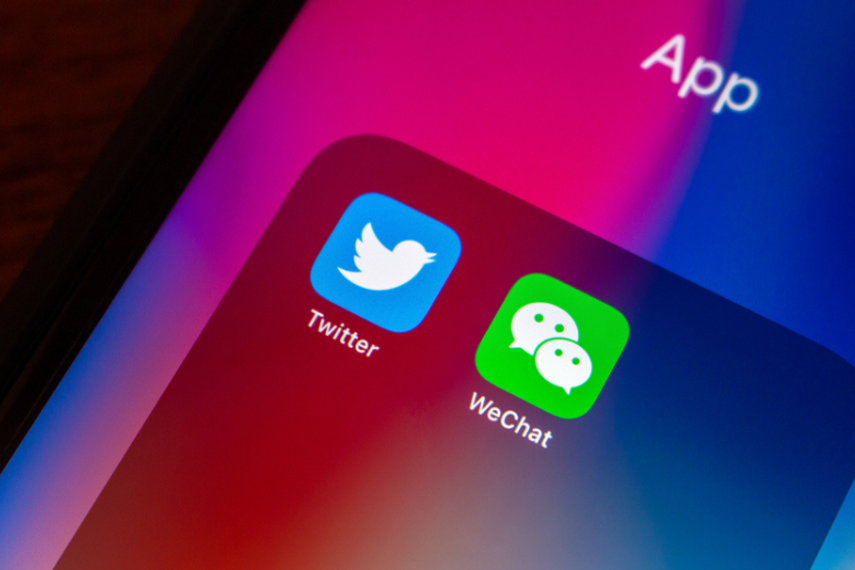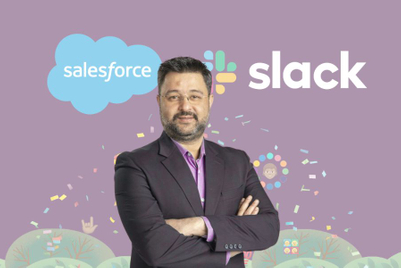
The billionaire Elon Musk has officially taken over Twitter, and after many PR crises, he once again has the world's attention. It is hard to predict exactly what the "innovative leader" will do with his investment, but we know that the leader has not yet missed – PayPal, Tesla, SpaceX, etc. It's no secret that Elon often looks to Asia for inspiration and that Tesla builds more cars in China than anywhere else. We also know Elon's vision for Twitter's future: to become the western WeChat. However, we haven't seen enough articles breaking down what Twitter needs to do to become like the USD $12.7 trillion social app. With a big picture view, insight and historical knowledge of WeChat, we can identify what Twitter will have to successfully execute and exceed to become like the super app.
Stickers to personal banking
To realize the full potential of Twitter, you have to look at the history of WeChat. The app’s beginnings first started as just an instant messaging platform. It was no different than Twitter, DMS, Facebook Messenger, WhatsApp or others. The only difference was you could buy and sell stickers online. That was a monetisation model back in the day, and then eventually, they added a verification fee of $99 USD a year if you were an opinion leader. And then they added something called Moments which is essentially our version of the Instagram feed and Facebook feed. Shortly after, WeChat added a payment feature, and like a bank, it allowed you to pay for everything from your grocery bills to your electric bill or with a swipe payment option using either a tablet or phone or a scannable QR code. Again, no different than what we do today with Apple Pay, Google Pay, or just any NFC QR code. Where WeChat stands out is that it made it possible for you to book travel, wait in line for a hospital, you could call the Uber equivalent, and even top up your cell phone and buy things on the app for 10 cents. Who owns WeChat, the ecommerce platform? Tencent owns Wechat and had acquired payment support from JD.com, China’s second largest ecommerce player.
Twitter Pay
Twitter needs to solve the problem of investment usefulness. Currently, the app’s value is tied to being a platform of free expression, verification monetisation, and Twitter ads. In the past few weeks, the platform may have experienced a decrease in users, and some of them may have even been bots. Regardless, combining the decline in users with unprecedented events at Twitter is causing brands and agencies to step back, but they will be back. The direction that Twitter is moving suggests that we are likely to see Twitter Pay become a reality. We have Google Pay. Nobody thought a search engine could create a payment wallet. Nobody thought a phone company, Apple, could create a wallet that is supported by 5,480 banks worldwide and has over 507 million users. Twitter Pay could also partner and integrate with a variety of different payment gateways that are currently offline, like Clever or Square. As an outsider looking in, Elon’s friend Jack Dorsey, co-founder, former CEO of Twitter and the CEO and chairperson of Block Inc., looks like he could be the solution. Yes, of course, there would be transaction fees here and there, but it could also connect developing worlds where Twitter is also present and growing.
The missing piece
Today, the social platform WeChat is identified as a global app, and almost everyone in China lives inside the app through a feature called mini-programs or an app inside an app. You heard that correctly, airlines, travel agencies, car dealerships, etc., have apps inside the WeChat app that's inside your phone. Crazy right? Twitter today is more or less a private and public instant messaging service with DMs for private messages and tweets for public thoughts to share with the world. Twitter is no different than WeChat’s beginning, and with Elon’s new friendship with Jack, he shouldn’t have a problem with making square payments or just a payments function into a reality. Another option, if in good standing, is for Elon to reconnect with his old friends at PayPal.
There is no question that the recent layoffs in tech are unfortunate for the people laid off and their families. It is also evident that Elon will have to rebuild, and his rebuild will have to include individuals with the talent to make Twitter a WeChat.
Humphrey Ho is managing director of Hylink USA.
(This article first appeared on Campaign Asia)



.jpg&h=268&w=401&q=100&v=20250320&c=1)

.jpg&h=268&w=401&q=100&v=20250320&c=1)

.jpg&h=268&w=401&q=100&v=20250320&c=1)

.png&h=268&w=401&q=100&v=20250320&c=1)
